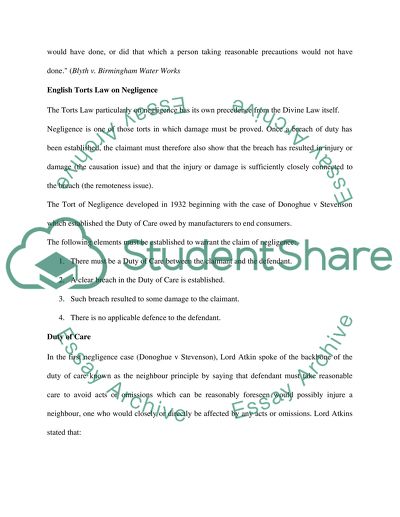Cite this document
(“English Torts Law Essay Example | Topics and Well Written Essays - 1500 words”, n.d.)
Retrieved from https://studentshare.org/law/1420906-torts-essay
Retrieved from https://studentshare.org/law/1420906-torts-essay
(English Torts Law Essay Example | Topics and Well Written Essays - 1500 Words)
https://studentshare.org/law/1420906-torts-essay.
https://studentshare.org/law/1420906-torts-essay.
“English Torts Law Essay Example | Topics and Well Written Essays - 1500 Words”, n.d. https://studentshare.org/law/1420906-torts-essay.


